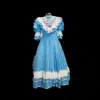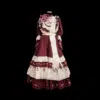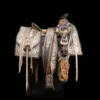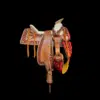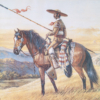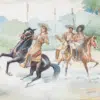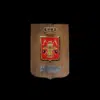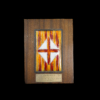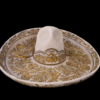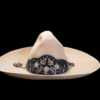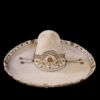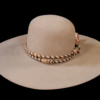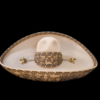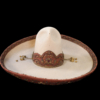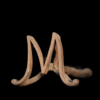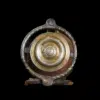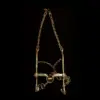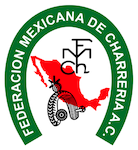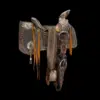CHARRO CHAIR OF GENERAL FRANCISCO VILLA
In our museum, there is a historical piece of great relevance on display: the saddle that belonged to the famous Northern Centaur, Francisco Villa. This saddle is a symbolic representation of the union between the Mexican Revolution and the charrería, two fundamental elements in our history and culture.
The saddle of square canteens and square canteens, painted with steel hardware and silver inlay, is a physical testimony to the exploits of Doroteo Arango, known as Francisco Villa. Every detail engraved on this saddle evokes the bravery and determination of a revolutionary leader whose influence transcended the battlefields and became a legend.
The eagle, present on the front of the head of the chair, is a powerful symbol representing strength and freedom. Similarly, Villa was a charismatic and visionary leader who fought tirelessly for the ideals of justice and freedom for his people.
Francisco Villa's saddle not only embodies the very essence of the revolutionary movement, but also highlights the close relationship between charrería and Mexican history. Charreria, as a traditional sport, has been linked to the country's identity and traditions for centuries. Villa's saddle, with its eagle and the monogram of Doroteo Arango, becomes a symbol of the deep connection between the struggle for freedom and the charro tradition.
By preserving and exhibiting this saddle, we honor the memory of Francisco Villa and recognize his legacy in the construction of Mexican identity. In addition, this historic piece allows us to reflect on how charreria, as a traditional equestrian art, has been an intrinsic part of our history and continues to be an emblem of our roots and values.
We invite all visitors to get to know and appreciate this emblematic saddle, so that together we can appreciate the importance of our history and the richness of our charro traditions that endure to this day.
We look forward to seeing you at our exhibition to share this historical and cultural legacy together!
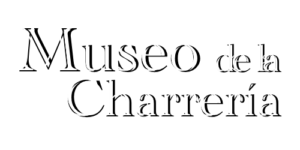
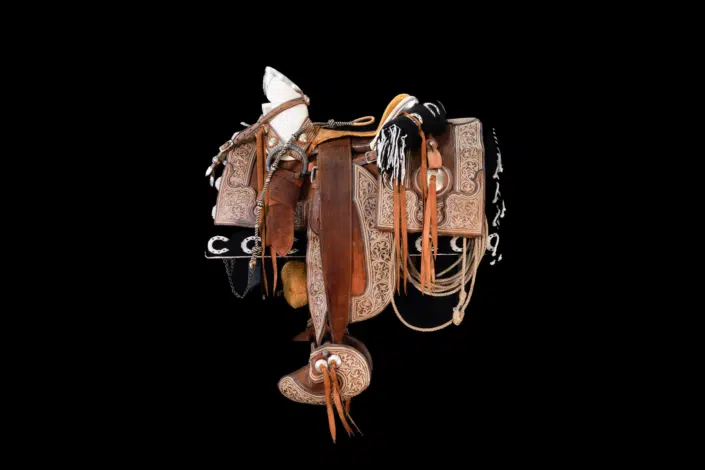
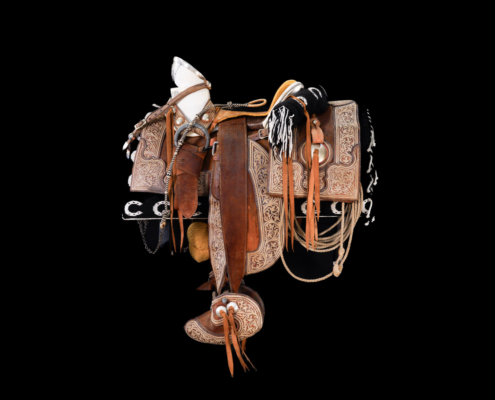
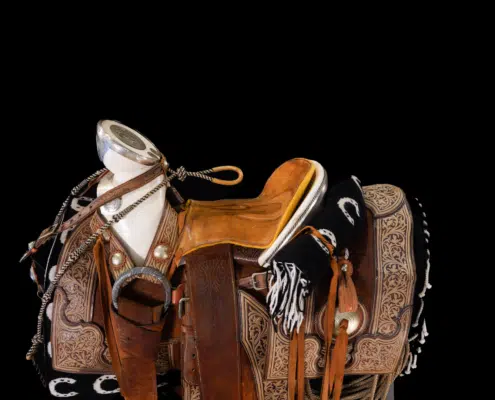
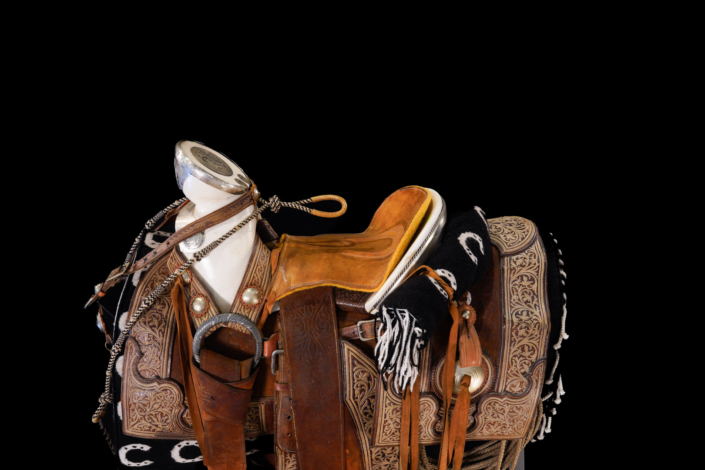


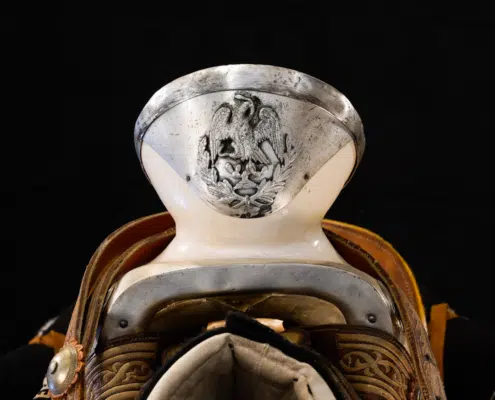


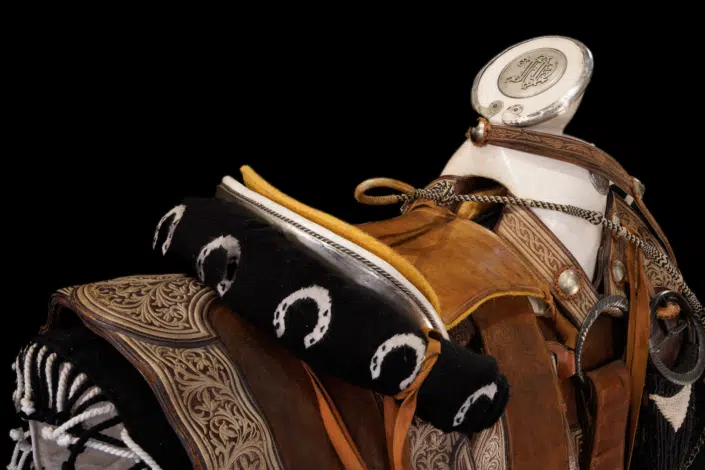
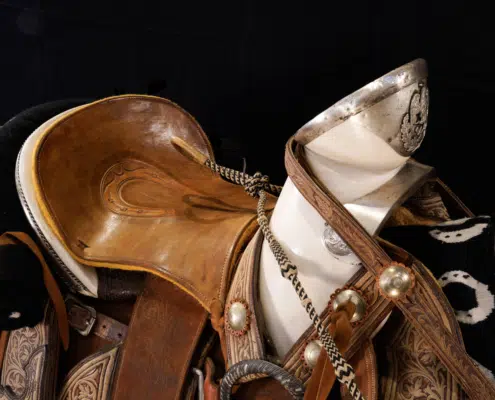



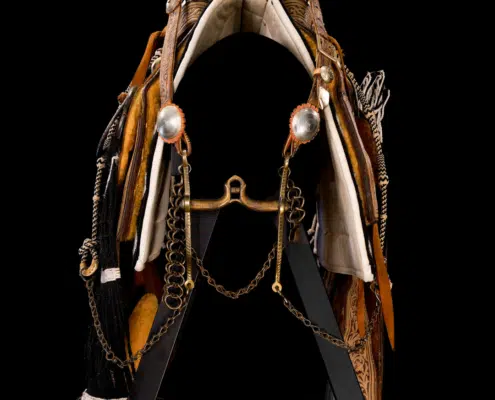

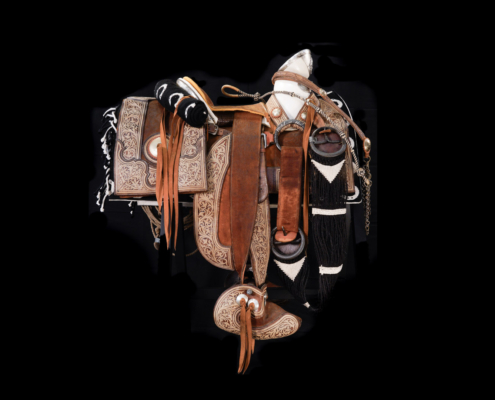
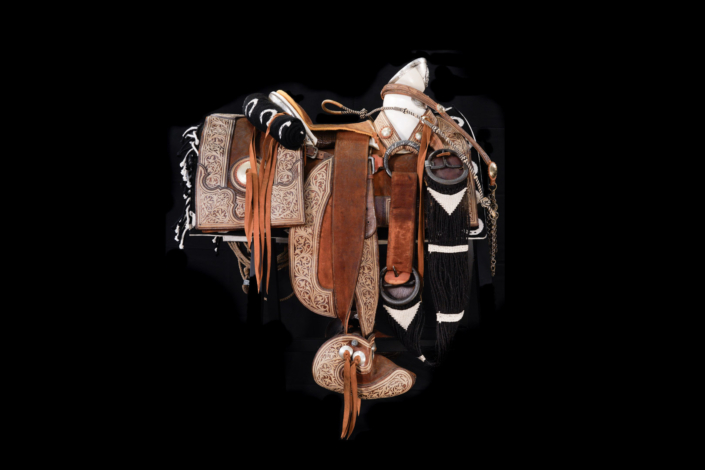
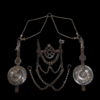
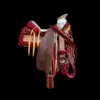
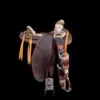
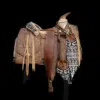
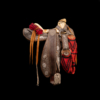
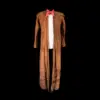

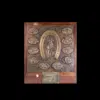
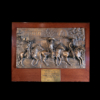
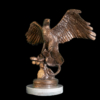
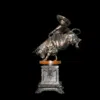

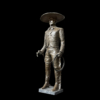
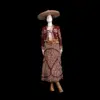
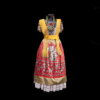
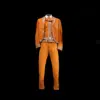
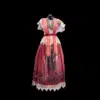 Antonio Gegundez
Antonio Gegundez